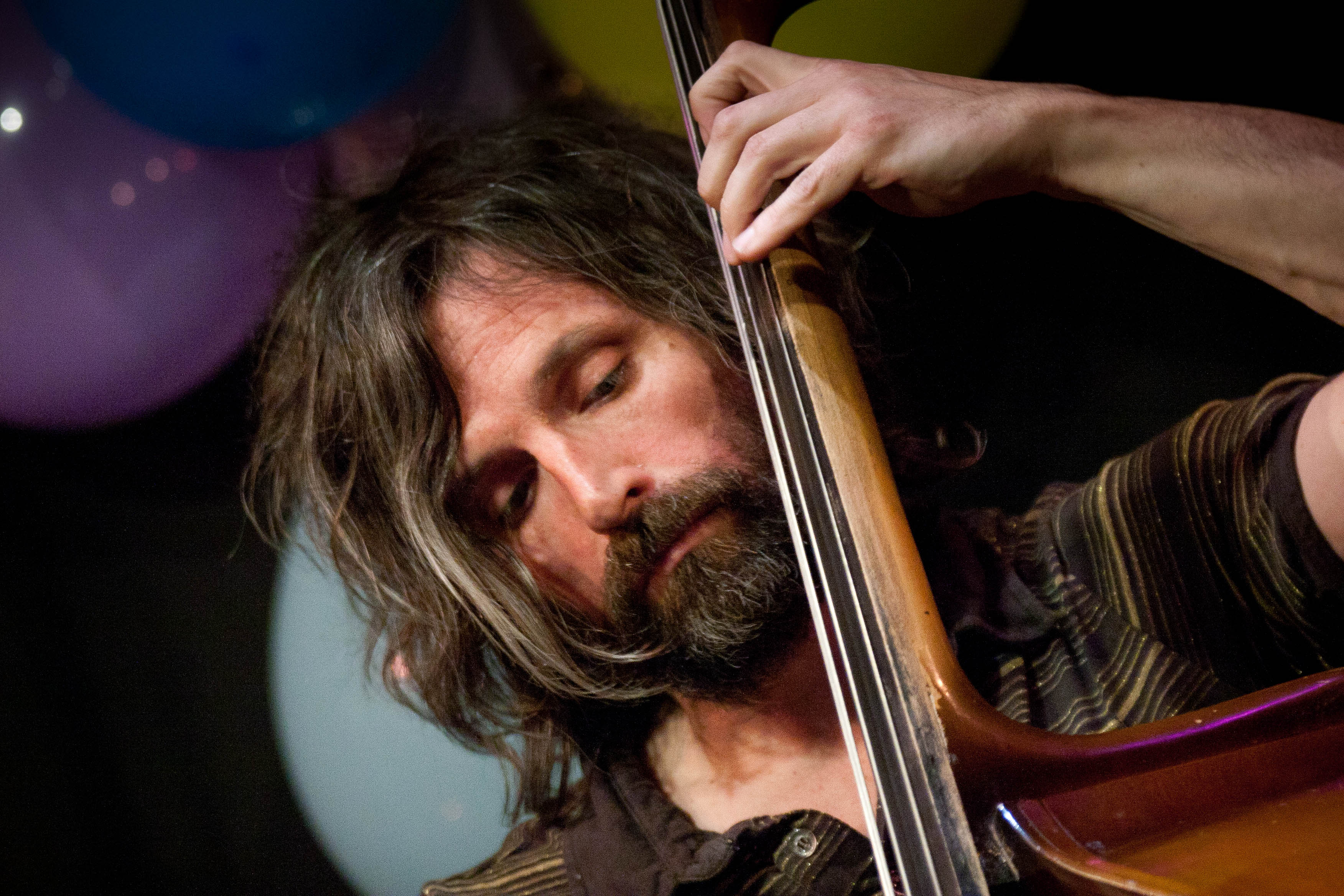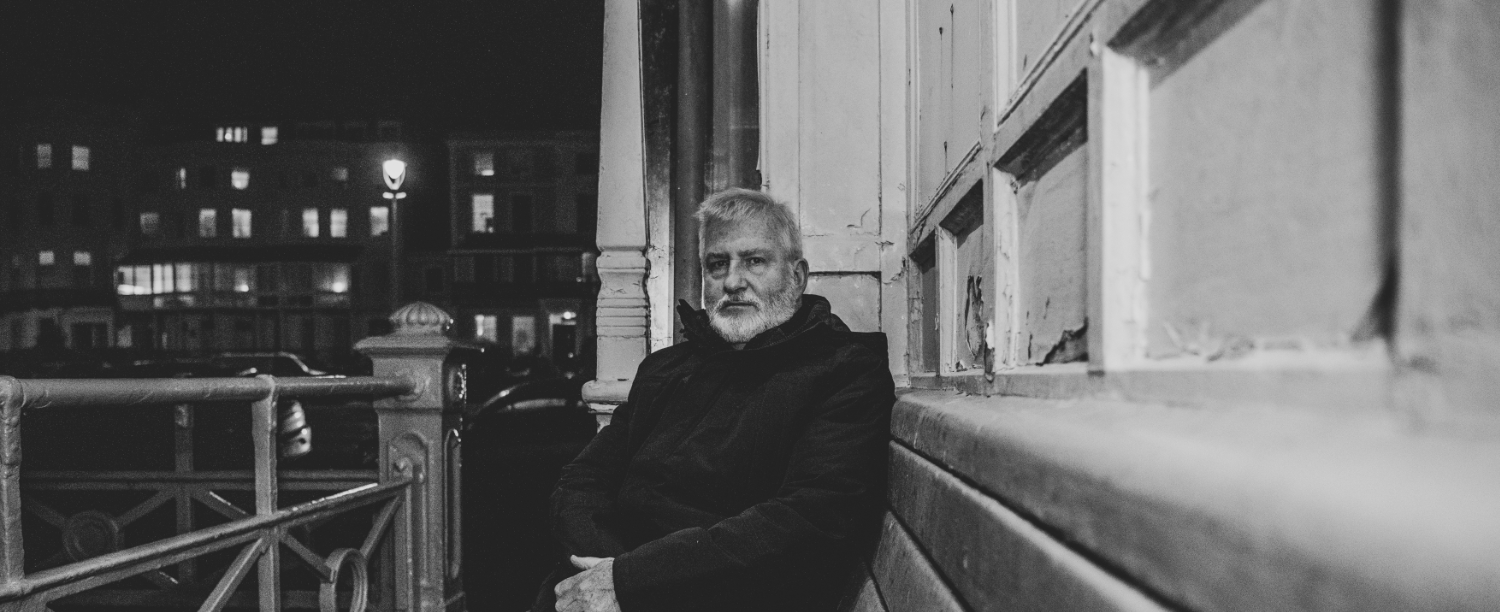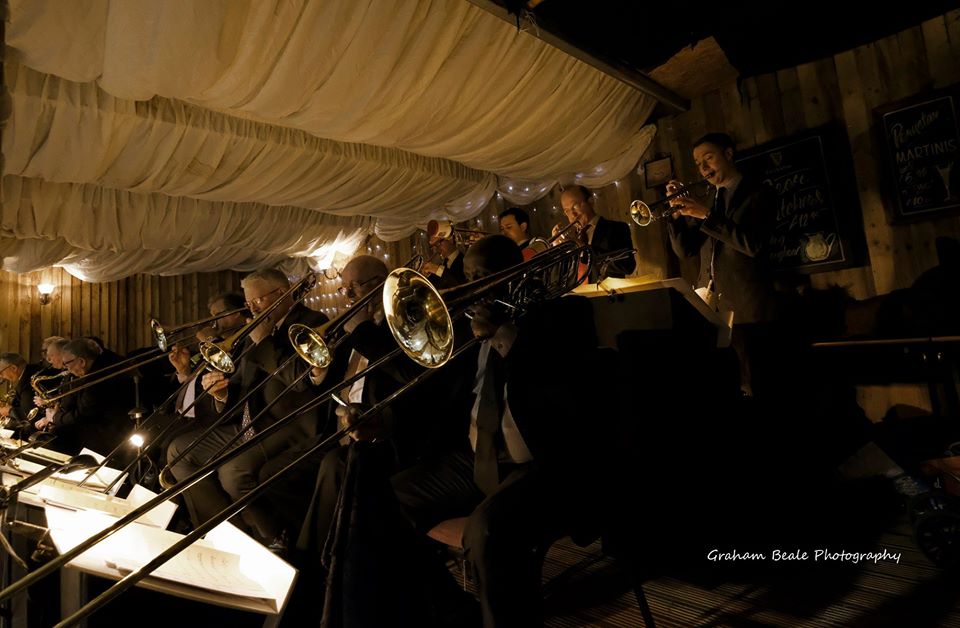The Column: Eddie Myer – Alive and Kicking

Where’s the best place to hear live jazz? A Storyville juke joint, a Mississippi paddle steamer, a dancehall or a cellar bar in a sketchy neighbourhood? Or a concert hall, a downtown supper club, a high-production outdoor festival or an arts centre theatre? Maybe you can even dig it when it’s performed in a cruise ship bar, a shopping precinct, a hotel lobby, a corporate hospitality event or a wedding reception, before the party band kicks in. Here in the UK, we’ve a long and honourable tradition of jazz being performed in the back rooms of pubs; it’s a vital part of the music’s grassroots, providing an informal setting where young tyros can cut their teeth and have a chance to mix with more established players who come along to keep their chops up in a relaxed and informal atmosphere, catch up with their peers and earn a little extra money.
Small-combo jazz developed in the nightclub, an environment that’s followed the dancehalls of the pre-war big-band era into virtual extinction. The 50s and early 60s were the heydays of the jazz nightclub – Liverpool’s famous Cavern originally featured trad bands until skiffle and rock ’n’ roll took over, a change that was emblematic of the wider shift in audience tastes. Some musicians responded by opening clubs themselves to provide a suitably sympathetic environment. In the states, Ahmad Jamal’s Pershing Lounge and Spike Wilner and Lee Kostrinky’s Smalls are two famous examples; here in the UK Victor Feldman’s dad opened the Feldman Swing Club in 1942 to showcase his precociously talented brood, and ace tenor player Ronnie Scott followed suit in 1959 with the Soho establishment that’s synonymous with British jazz, while Lennie Tristano’s bassist of choice Peter Ind ran the Bass Clef in then-unfashionable Hoxton during the 1980s. It’s instructive to note the fate of all three establishments. Ronnie’s, of course, is still going strong, attracting an audience that reflects the ever-increasing wealth of the capital and it’s attraction as an international tourist destination as much as it does the popularity of jazz. The Bass Clef closed as the 80s shifted to the Britpop years of the 90s, to be briefly re-opened as the Blue Note as part of Eddie Pillar’s Acid Jazz empire, with an ecumenical music policy that warily defined jazz as ‘elitist’, before falling foul of increased gentrification in the form of a bylaw change redefining the area to residential status (more on this later). The Feldman Swing Club changed into the 100 Club, hosted the first international Punk festival in 1976, and continued in this defiantly anti-establishmentarian vein until rising rents threatened closure – it now survives thanks to a sponsorship deal with Nike/Converse. Few clubs in the UK now devote themselves primarily to jazz (The Verdict here in Brighton is one welcome exception), and while there’s ample representation in arts centres and concert halls for artists of sufficient stature, the role of the pub session is vital in keeping the grassroots flame alive. Tubby Hayes’ regular gig at the Hop Bine in Wembley (run by another musician, tenor player Tommy Whittle) and the Bull’s Head in Barnes are two examples of pub sessions that have entered the annals of British jazz history, and their legacy survives in countless back rooms across the country.
Even this modest, informal network is facing it’s own challenges as the social fabric shifts. Hardly a week goes by without a fresh petition arriving in your inbox as yet another small music venue is threatened with closure, and pub gigs are facing a range of pressures and problems, from changing patterns of urban development to alterations in British drinking habits. The seeds of change were sown long ago under the John Major government, when wide-ranging changes were set in motion to deregulate the highly restrictive licensing laws. Hard as it may seem nowadays to believe, pubs were obliged until 1995 to shut between 3pm and 7pm on Sundays – now a favourite time for jazz sessions. Additional restrictions existed on the number of drinkers that could be catered for by licensed premises in town centres, and drinking after 11pm required a special visit to a (usually very expensive) nightclub. Musicians were further restricted by the notorious ‘Two In A Bar’ rule, under which landlords were required to obtain an expensive and difficult to obtain licence if they wanted to feature acts with more than two musicians – great news for DJs and duo acts but bad for rhythm section players! This led to many absurdities – solo singers were free to perform with backing tracks at ear-splitting volume, but unamplified folk sessions could be shut down if too many participants joined in with the singing – this writer remembers uniformed policemen shutting down a gig at The Albert in Brighton for featuring unlicensed bass and drums. Successive legislation dismantled these restrictions piece by piece – Major’s Tories led the charge with the Licensing Act of 2003 with the stated aim that the ‘night time economy’ would revitalise Britain’s run-down town centres, then suffering from the twin effects of retail flight and collapsed property values. The picture now is a very different one; licensed premises can stay open for 24 hours, blanket entertainment licences and temporary event notices are easily obtained allowing music events of all descriptions, while since the 2012 Live Music Act no licence at all is required for venues under 200 capacity between 8 and 11pm – this has now been amended to include anywhere under 500. Yet, as is so often the case, the consequences have not entirely been as expected.
While the increase in available venues is of course good news for musicians, the fact is that more venues also means more competition. This, coupled with the deregulation of licensing hours, has led many pubs in previously quiet residential areas to put on louder and later music in a bid to attract custom, bringing them into direct conflict with local residents. As a result, the Council’s Environmental Health Department are now called in, with the powers to impose abatement notices, and fines and applications for licences to be revoked if these are disregarded. This has led to some well-publicised conflicts; here in Brighton, the popular Blind Tiger Club was said to have been closed after complaints from a single neighbour who moved into the flat upstairs – though the facts of this case, when examined closely, do not actually bear this story out (there had been numerous complaints, the club was in serious financial difficulties and was still licensed when it closed), the story of the killjoy neighbour versus the well-loved gig struck a chord with the popular imagination. As property prices have risen across the country and housing continues to be in short supply, developers have moved into the sort of previously abandoned areas where small gigs could thrive. In British law, it is no defence to say that the complainant ‘came to the nuisance’, and well-established venues like Manchester’s Band on the Wall have come under threat as residential development arrives next door. A landmark compromise was arrived at in 2014 by mega-club Ministry Of Sound, when the prospective developers on their doorstep agreed to install additional soundproofing at their own expense, and allegedly include a specific reference in the deeds to compel tenants to sign away their right to complain about the noise. This kind of deal is now standard in Melbourne, Australia, where an ‘agent of change‘ law introduced in 2014 places the onus on developers to provide adequate soundproofing if they’re building near established music venues. However, not many venues have the power of Ministry or the weight of law behind them.
It’s a sad fact that grassroots musical promotion is not a lucrative business. In the UK, audiences show a marked aversion to paying the sort of cover charge or drink minimum that’s common in the USA. As well as the pressure to stay open louder and later bringing them into conflict with irate neighbours, landlords are faced with changes in British drinking habits – with so much competing for our attention, pub attendances have been in steep decline. Despite the Musician’s Union’s best efforts, casual gig fees for musicians have stagnated or actually fallen in the last twenty years, as profits have declined, and more pubs are taken over by Pubcos intent on squeezing the maximum revenues out of their operator-managers. That the scene thrives to the extent it does is partly down to the dedication of those landlords who are prepared to support regular gigs with no cover charge when the financial benefits to themselves are not immediately clear, as well as the musicians who are prepared to lend their time and talent.
The appetite for live music remains undiminished, and even continues to grow, and the importance of small venues in sustaining the live music scene has been officially recognised by the 2012 Live Music Act (a private members bill) which attempts to relieve some of the increasing pressures on venues that try to support it. It’s a complex picture, but the surest way to show your support is to go to the gig … and buy yourself a couple of drinks as a reward.
https://thump.vice.com/en_uk/article/tax-dodgers-boris-and-the-ministry-of-sound


